Press release by Karen Rivers Watch | September 29, 2016
Burma Army’s actions in Karen State threaten to expand fighting, endangering peace process and displaced people’s return
Fighting is directly linked to Hat Gyi dam, Karen leader says
YANGON, MYANMAR (Sept. 29, 2016) — A continued Burma military offensive into the contested Hat Gyi dam area threatens to ignite fighting with the Karen National Liberation Army (KNLA) and imperils a 4-year-old ceasefire, says Karen Rivers Watch.
The latest news on the ground is that the Burma Army is stationing troops in villages along the Salween River, upstream from the Hat Gyi Dam site. Villagers told Karen Rivers Watch, a network of Karen community-based organizations working to protect the Salween River, that the Border Guard Force (BGF) and Burma Army told them to leave their villages near Hat Gyi Dam. Earlier this month, orders to evacuate the Mae Tha Waw dam access road were followed by BGF attacks against the Democratic Karen Buddhist Army (DKBA) splinter group.
KNLA sources told Karen Rivers Watch there are strong indications that the Burma military is seeking to expand and reinforce its territorial control in Karen State in order to secure the area around the controversial Hat Gyi Dam site, which is partially controlled by the KNLA – this includes the recently captured access road necessary for transporting dam construction materials from the Thai border. The long-delayed Hat Gyi Dam, planned by Chinese and Thai companies primarily for electricity export to Thailand, will flood large areas and disrupt the free flowing Salween River, which millions of people depend on.
“In order to implement the plan for Hat Gyi Dam, the Burmese and BGF must have full control of the road and the surrounding areas,” said Gen. Baw Kyaw Heh, second in command of the KNLA.
While the Burmese government and Karen leaders continue holding historic peace talks, recent outbreaks of fighting between the Burma Army-supported Border Guard Force and the DKBA splinter group in Karen State throws into doubt hopes that civil war victims could finally go home. In early September, over 5,000 villagers living east and south of the proposed Hat Gyi dam site were forced to flee their homes.
Media reports tend to portray the conflict as inter-ethnic fighting. Karen leaders and villagers, on the other hand, see this as a continuation of the Burma Army’s divide and rule strategy. The Burma Army is using the pretense of eliminating the DKBA splinter group to take control of more Karen areas around the Hat Gyi Dam site.
So far, the KNU/KNLA, the largest Karen armed organization and a ceasefire signatory, has not been drawn into the most recent fighting. However, as the Burma Army advances further towards KNLA territory, that could change. Gen. Saw Johnny, KNLA Commander-in-Chief, warned the Burma Army, “If you cross the line
Earlier on September 10th, the BGF demanded that the KNLA grant the BGF control of five separate locations along the western side of the Salween River. The five areas include territory adjacent to the Toh T’Bah Wai, Klaw Tae Hta, P’Tae Hta, Yaw Ma Hta and Mae Lah villages, all located around the Hat Gyi dam site. The KNLA refused, invoking the NCA terms.
Gen. Baw Kyaw Heh noted, “the DKBA does not operate in the five areas in our 5th Brigade territory that were demanded by BGF.” The former DKBA camps were restricted to 7th Brigade territory. The movement of BGF and Burma Army troops to fortify positions on western sections of the Salween would contradict the terms of the NCA, and would only escalate tensions and increase the risk of armed conflict.
The KNU Executive Committee have all agreed on opposing any mega development project until a stable peace has been achieved. Gen. Saw Johnny, Commander-in-Chief of the KNLA, stated in no unclear terms, “if they plan to build the dam, we will oppose it.”
The Burma military’s actions only serve to further the aims of corporate dam developers from Thailand and China, which aim to export electricity and divert water from the Hat Gyi Dam to Thailand. “The central government’s claimed benefits of hydropower development will not reach the people of the Salween River basin, or even the people of Burma,” says Saw Tha Poe, coordinator for Karen Rivers Watch. “The land and people of a democratic Burma should not have to suffer for the sake of a few big companies and shopping malls.”
Militarization for corporate infrastructure development will only worsen conflict in Karen State, jeopardizing the ongoing peace process and preventing the return of displaced peoples, warns Karen Rivers Watch. Economic development that requires violence against ethnic people, and marginalizes their voices and lives, cannot be the way forward for a democratic Burma.
Contact:
Saw Tha Poe, Karen Rivers Watch: +95 9782639714 (Burmese, English)
Naw Wah Khu Shee, Karen Rivers Watch: +95 9770298548 (English, Karen)
Hsa Moo, Karen Rivers Watch: +66 979958177 (English, Karen)
Thong Chi (Day Day): +66 878435288 (Thai, Karen)
Download this press release (PDF) in English | Burmese
Download the briefer (PDF) in English

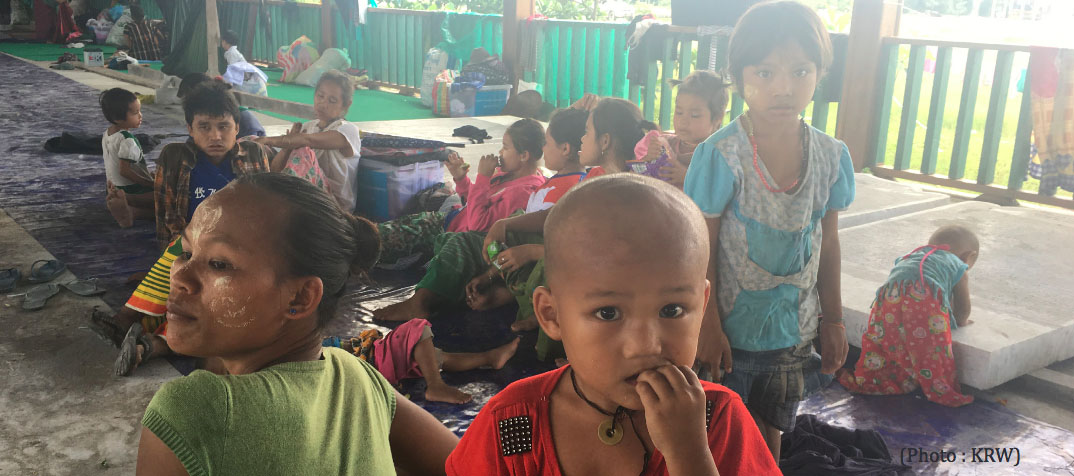
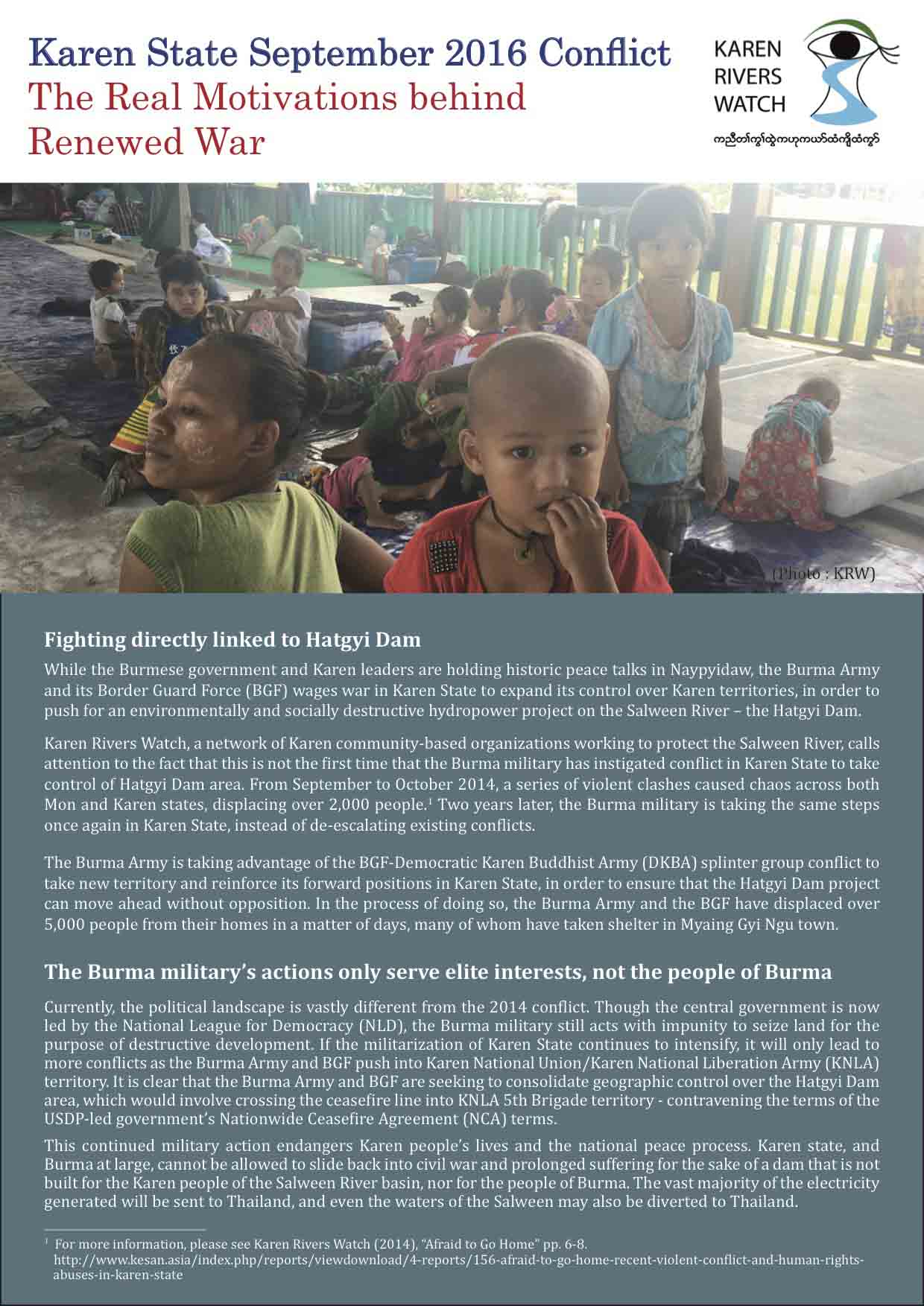
![‘The Burma Army Killed Him [Saw O Moo] – At Least the Government or the Army Should Commit to Not Do This Again’: Paul Sein Twa, Executive Director of KESAN](https://www.burmalink.org/wp-content/uploads/2018/05/Saw-O-Moo-commemoration-Paul-Sein-Twa-speaking-2-150x150.jpg)


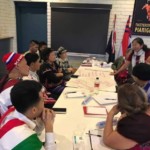
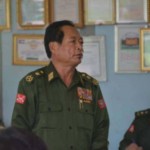
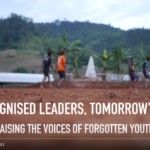
[…] Published in: Burma Link […]